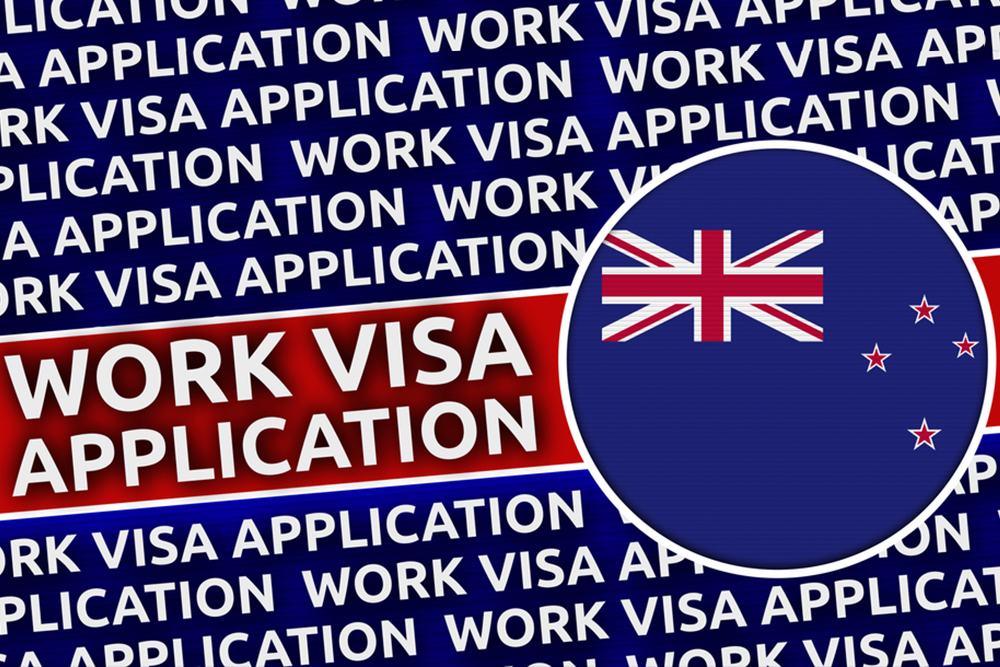New Rules For 482 Visa to Permanent Residency in 2025
September 12, 2025

In the realm of Australian immigration, navigating the intricate web of working visas can be a daunting task. The ever-evolving regulations and visa categories make it imperative to have a comprehensive understanding of the options available. Whether you are an aspiring skilled professional, a student, or someone seeking temporary employment Down Under, this ultimate guide to Australian working visas will illuminate the path to securing your dream opportunity.
Before delving into the specific types of working visas, let’s take a moment to understand the Australian visa system. Australia offers a diverse range of visas tailored to meet the needs of various individuals, including:
Now, let’s focus on the working visas that can open doors to a world of opportunities in the Land Down Under.
The Temporary Skill Shortage (TSS) Visa, subclass 482, is a popular choice among skilled professionals looking to work in Australia. It replaced the Temporary Work (Skilled) Visa (subclass 457) in 2018 and offers two streams:
The Skilled Independent Visa, subclass 189, is a points-tested visa designed for skilled workers who do not have a sponsoring employer or family member in Australia. To be eligible, you must submit an Expression of Interest (EOI) and receive an invitation to apply.
The Employer Nomination Scheme (ENS) Visa, subclass 186, is an employer-sponsored visa that allows skilled workers to live and work in Australia on a permanent basis. To qualify, you must have a sponsoring employer and meet the required skill and language criteria.
The Working Holiday Visa program is a fantastic opportunity for young travelers aged 18 to 35 to explore Australia while working. There are two subclasses: Subclass 417 for eligible countries and Subclass 462 for designated countries.
If you aspire to study in Australia, the Student Visa, subclass 500, is your gateway to world-class education. To qualify, you need to secure admission to a registered Australian institution and demonstrate sufficient financial support.
Australia values family reunification, and the Partner Visas, subclasses 820 and 801, enable Australian citizens, permanent residents, or eligible New Zealand citizens to sponsor their partners for permanent residency.
Bridging visas are temporary visas designed to bridge the gap between the expiry of your current visa and the grant of a new one. They come into play when transitioning from one visa category to another.
Understanding the eligibility criteria for each visa is crucial for a successful application. While each visa type has its own specific requirements, some common factors include:
For many individuals, obtaining permanent residency in Australia is the ultimate goal. While some visas, like the Skilled Independent Visa (subclass 189), can lead to permanent residency, others, such as the Working Holiday Visa, offer opportunities to transition to permanent visas through various pathways.
Navigating the Australian working visa landscape may seem complex, but with the right information and guidance, you can embark on a successful journey to live and work in this beautiful country. Remember that each visa has its own unique requirements, so it’s crucial to assess your eligibility and seek professional advice when needed.
Australia’s diverse economy, stunning landscapes, and vibrant culture await those who choose to make it their home or workplace. So, whether you’re a skilled professional, student, or adventurer, the Land Down Under has a visa option tailored just for you.
Join our FB Group page for regular updates on Immigration changes